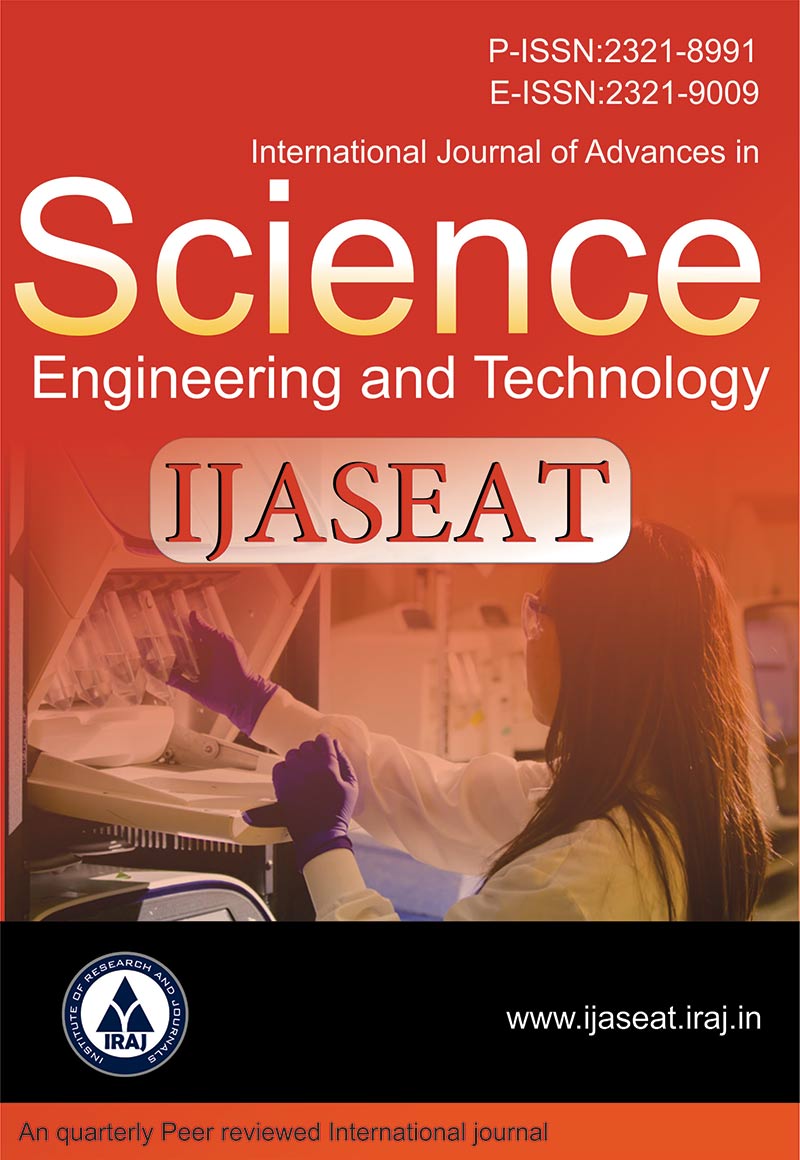Publish In |
International Journal of Advances in Science, Engineering and Technology(IJASEAT)-IJASEAT |
 Journal Home Volume Issue |
||||||||
Issue |
Volume-4,Issue-3, Spl. Iss-1 ( Aug, 2016 ) | |||||||||
Paper Title |
Thrombus Risk Reduction in Antiphospholipid Syndrome Patients Monitored by Factor Ii Activity Assay | |||||||||
Author Name |
Michelle Sweet, Amy Christopher | |||||||||
Affilition |
Pharm.D. PGY1 Pharmacy Resident St. Elizabeth Healthcare Pharmacy Department 1 Medical Village Drive Edgewood, Kentucky 41017 Pharm.D.Clinical Pharmacist St. Elizabeth Healthcare Anticoagulation Clinic1 Medical Village DriveEdgewood, Kentucky 41017 | |||||||||
Pages |
146-149 | |||||||||
Abstract |
Objectives: To determine if monitoring antiphospholipid syndrome (APS) patients on warfarin therapy by factor II activity assay (FIIAA) would decrease risk of thrombus or if elevating international normalized ratio (INR) goal range based on factor II activity assay would increase risk of developing a bleeding event. Methods:A retrospective chart review was conducted on antiphospholipid syndrome patients seen at all five health system anticoagulation clinics from April of 2010 through July of 2015. Anticoagulation clinic patients diagnosed with antiphospholipid antibody, anticardiolipin antibody, or lupus anticoagulant with compliant warfarin therapy management were included as long as they were at least 18 years of age. Patients were excluded if they were monitored in the clinic for less than 6 months, became pregnant, or developed cancer during the study period. The primary outcome was to determine if FIIAA monitoring reduced the occurrence of thrombosis development or increased the risk of developing a major or minor bleeding event. Results: No statistical difference in bleeding event, age, comorbidities or sex was determined between the monitored or non-FIIAA monitored group. The thromboembolic event rate approached statistical significance (p=0.053) with 3 patients having a thromboembolic event in the monitored group.Two of the 3 patients had a subtherapeutic INR and one had additional coagulopathies. Conclusions: Thromboembolic risk was not reduced by FIIAA monitoring in APS patients. INR goal increases based on FIIAA monitoring did not increase the risk for development of a bleeding event. A larger study may help determine the most appropriate way to monitor APS patients on warfarin therapy. Key Words- antiphospholipid syndrome, Factor II activity assay, warfarin, thrombosis, and bleeding | |||||||||
| View Paper | ||||||||||